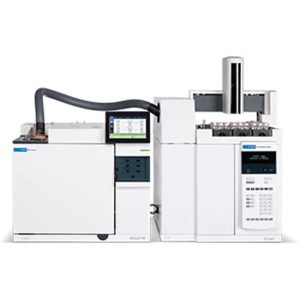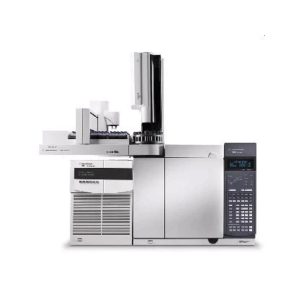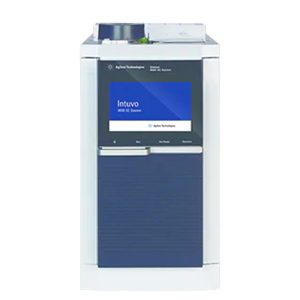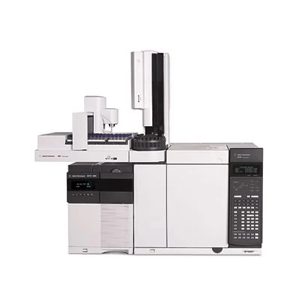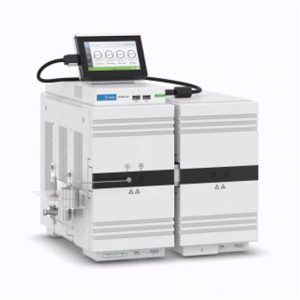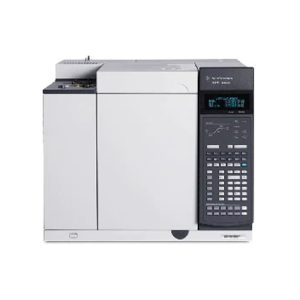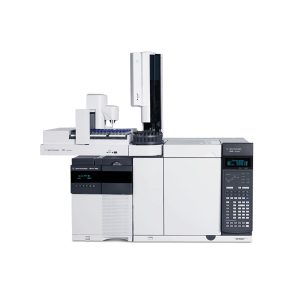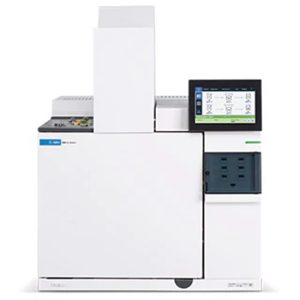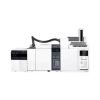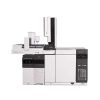GC/MS Residual Solvent Analyzers
Flexible, pre-configured, and factory-tested Agilent Residual Solvent Analyzers provide quick start-up for accurate and reproducible analysis of Class 1 and Class 2A/B solvent content in pharmaceutical products. With an inert sample path and excellent thermal zone stability, the Agilent 7697A Headspace Sampler automates sample handling to provide unsurpassed accuracy and repeatability, combined with analytical precision that exceeds USP method requirements.
Choose from 7890-based GC/FID or GC/FID/MS system configurations designed to meet your specific monitoring requirements.


 Tiếng Việt
Tiếng Việt
